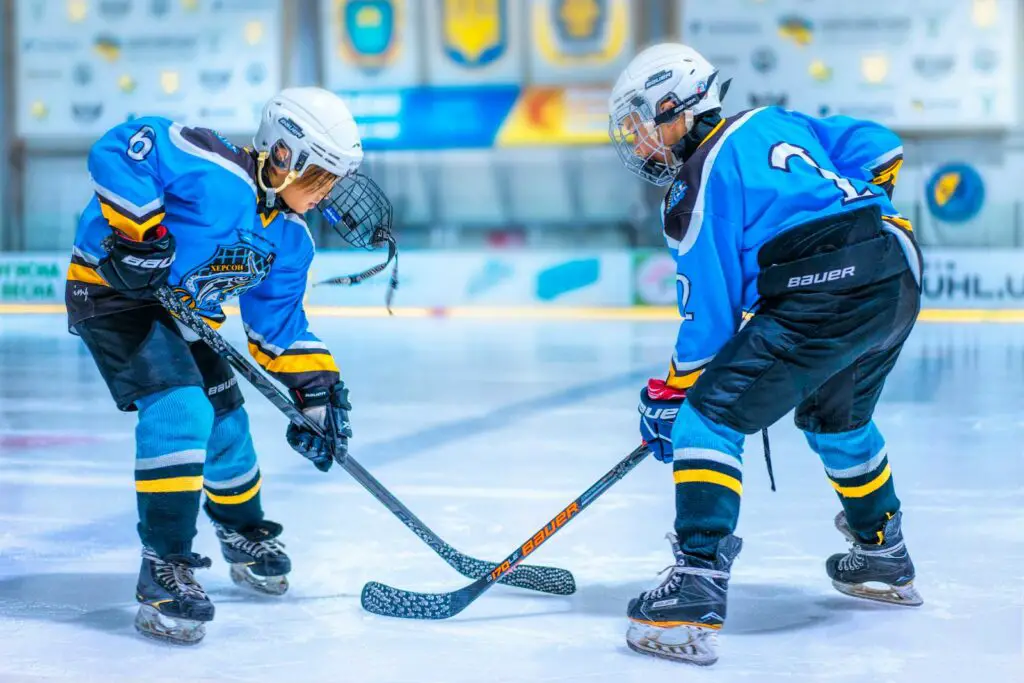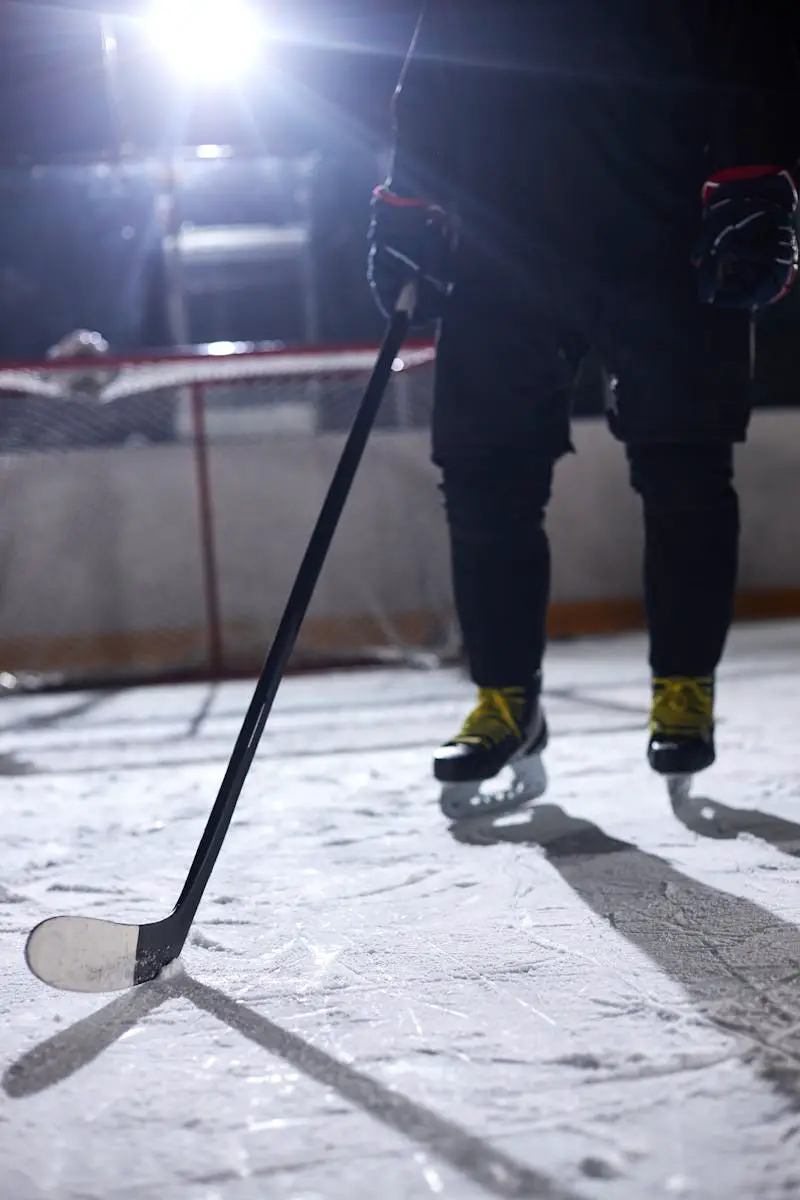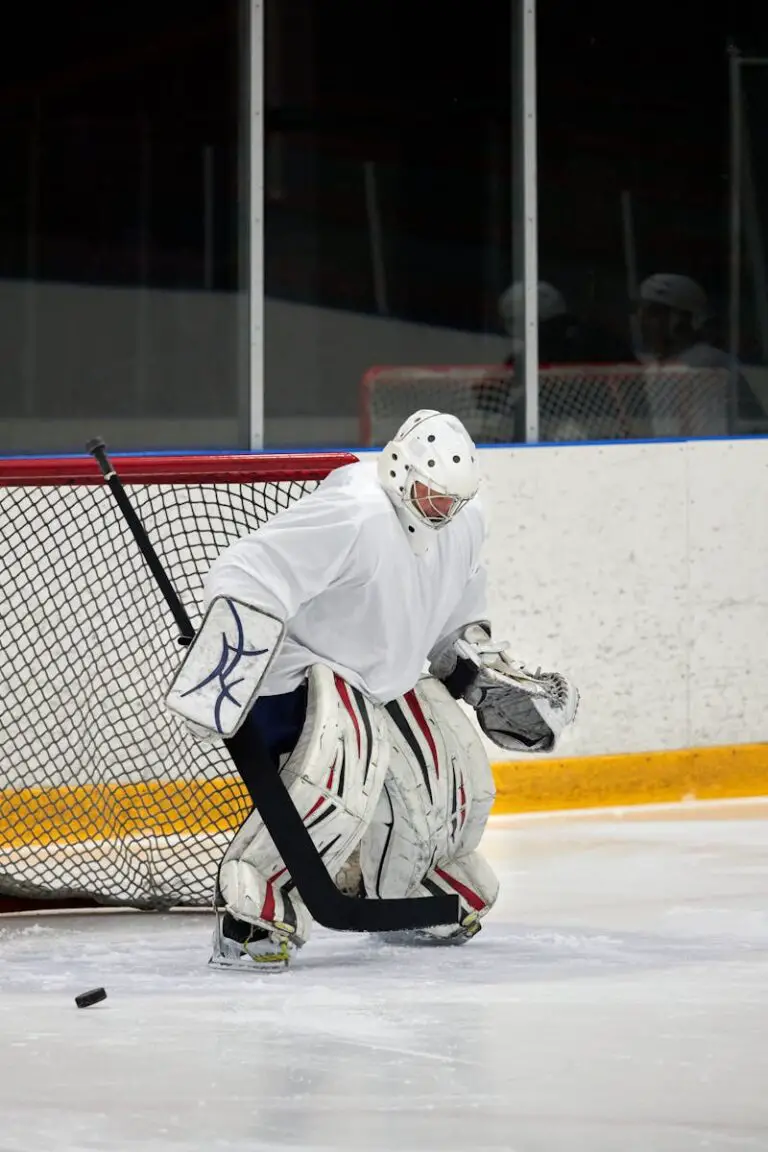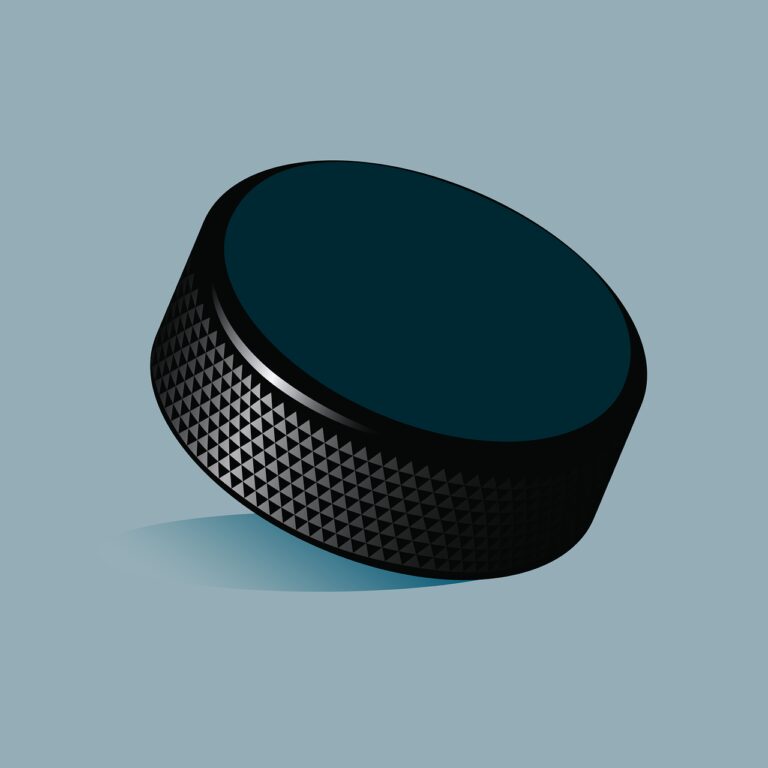Understanding the Differences Between Regulation and Non-regulation Hockey Pucks
For the avid hockey player or fan, what you might consider a mere disk of vulcanized rubber is, in fact, the focal point of a fascinating tale of precision, performance, and preference. This long-form blog post is crafted for the discerning hockey enthusiast who is keen to understand the intricate world of hockey pucks—both those that are officially regulated and those that live in the playful realm of non-regulation. By the end of this post, you’ll be able to distinguish between your slap shots with a regulation puck and your snipers with a non-standard one.

Introduction
The humble hockey puck carries a weight far greater than its physical mass as it glides across the ice, skimming the boundaries between victory and defeat. In ice hockey, the puck is as essential to the game as the ball to soccer or the bat to baseball. But did you know that not all hockey pucks are created equal? This post explores the nuanced differences between the pucks that are stamped with the official seal of regulation and those that do not meet the strict criteria demanded by professional leagues.
Regulation Hockey Pucks
When it comes to regulation pucks, it’s all about meeting the standard. They are the official ammunition of competitive hockey, governed by a strict set of guidelines to ensure quality and consistency. Here’s what you need to know.
Definition and Specifications
The regulation puck is a round and flat object, usually made of vulcanized rubber, with a diameter of 3 inches (7.62 cm) and a height of 1 inch (2.54 cm). It must weigh between 5.5 and 6 ounces (156 and 170 grams).
Materials Used
Regulation pucks are crafted from a select few materials that can endure the cold, the speed, and the force exerted in professional hockey games. Vulcanized rubber, known for its shock-absorbing properties, is the primary material, with select league pucks featuring advanced composites for enhanced performance.
Importance of Regulation Pucks in Official Games
The role of the regulation puck in the game of hockey is pivotal. Its standard weight and size allow for consistent play and a level competing field. Pucks must also bear the league’s approved logos and any other markings deemed necessary for gameplay and safety measures.
Non-regulation Hockey Pucks
In the safety of your local rink or the sanctity of your backyard, non-regulation pucks can take many forms. These pucks offer hockey enthusiasts the opportunity to experience the game with variations that cater to different training and recreational needs.
Types and Variations
Non-regulation pucks come in a wide array, ranging from lighter ‘training’ pucks for younger players, practice pucks with various designs aimed at performance drills, to novelty or souvenir pucks that commemorate events or team logos.
Use in Practice or Recreational Games
These pucks are typically seen outside professional events in practice sessions and recreational games. Many organizations use non-standard pucks to fine-tune skills, adapt to different conditions, and provide an entry point for new players.
Potential Impact on Performance
For beginners, the switch from a non-regulation puck to a regulation one can be as significant as changing from a coaching skate to a player’s skate. The size, weight, and feel of the puck drastically impact handling, shooting techniques, and overall performance.
Comparative Analysis
If you’re debating the placements during your next pick-up game or constructing a rigorous training regimen, understanding the contrasts between regulation and non-regulation pucks is crucial.
Contrasting Features and Characteristics
When held side by side, the differences are clear. A regulation puck is black, heavy, and solid. Its non-regulation counterparts can vary in color, weight, and texture depending on their intended use.

Pros and Cons of Using Each Type of Puck
While a regulation puck ensures the skills honed on it are directly transferrable to competitive play, non-regulation pucks offer versatility. They can be tailored to the player’s developmental stage or the specific training goal, creating an environment where performance can be pushed without the pressure of strict standards.
Conclusion
The goaltender’s nemesis and the shooter’s muse, the hockey puck, is an emblem of precision and power. Whether you’re playing for glory under the bright lights of an arena or skating for the sheer joy of the game, knowing the puck that suits your purpose best is vital.
In the world of hockey, each puck has its place. Regulation pucks demand respect and adherence to standards, while non-regulation pucks offer the freedom to explore, practice, and play in varying contexts. Understanding the role of each in your training and gameplay can lead to more enjoyable and effective sessions on the ice.
For those who bleed ice and live by the slapshot, the puck isn’t just in play—it’s at the heart of the game. Whether standard or customized, it links tradition with transformation, connecting players of every age and level with the fast-paced, hard-hitting world of hockey. Choose your puck wisely, and the rest of your game will follow.






